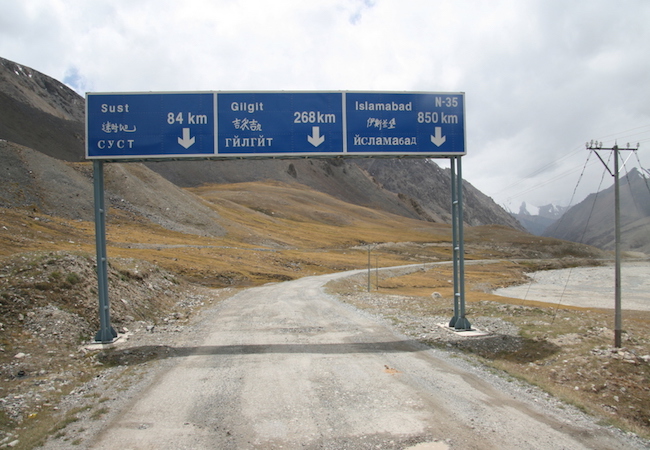
By Sadia Kazmi
CPEC with its multifaceted dimensions offers a number of arenas of cooperation for both China and Pakistan. Gwadar port, energy generation, special economic zones, industrial cooperation and connectivity are the main centers of focus, which have shown steady progress over the last 32 months. The focus on “Connectivity” among the proposed ideas covers a wide range of linkages through the construction of roads, railways, ports, highways, bridges, seaways and a very significant process of laying fibre optic cables along the CPEC route. The idea is to develop cyber-ways and internet highways which will make the CPEC a high tech digital corridor. A digital information society with telecommunication, advance internet technology infrastructure, smart cities, e-commerce, e-business and e-markets will expose the CPEC to much larger communication networks. This particular dimension of CPEC came to the fore more prominently during the 4th World Internet Conference that was held in China where it was deliberated that China should take up a more influential and leading position in cyber space through bringing improvement and developing its digital technology. This is not something new for China as it has already been working on the integration of its economy, politics and social develop with digital technology, and the cyber security. In the same vein the idea was first implemented in 2013 when the 18th CPC Central Committee made “perfection of the cyberspace leadership mechanism” as one of the 60 reform tasks.
The successful progress on this front for last 5 years has enabled China to exercise efficient cyberspace governance and to make it more secure from the external threats to its national security and development. Now that China is actively expanding its economic network with the outside world, with the help of six economic corridors, it wants to replicate the same model so as to ensure robust security and development of the corridors with the other regions. Chinese President Xi Jinping maintains that, “China hopes to work with the international community to respect cyberspace sovereignty and carry forward the spirit of partnership to commonly advance development, safeguard security, participate in governance, and share the benefits.” Addressing the first China – EU Digital Co-operation Roundtable in Brussels, the head of the Cyberspace Administration of China, Mr. Lu Wei also said that “We are ready to invest because there are infinite opportunities. We can build a digital Silk Road, a Silk Road in cyberspace. On the basis of respecting their network sovereignty, history, culture and religious belief, Chinese Internet companies should forge closer links with their counterparts in the countries.”
For this purpose, the government of China co-launched “The Belt and Road Digital Economy International Cooperation Initiative” with seven other countries at the 4th World Internet Conference in Wuzhen, Zhejiang province in China on December 3, 2017. Egypt, United Arab Emirates (UAE), Saudi Arabia, Turkey, Serbia, Thailand and Laos decided to extend their collaboration with China to strengthen trust and confidence for secure, peaceful, open and regulated cyberspace and digital economy. This will not only result in a highly interconnected network of information silk roads along the Silk Road Economic Belt and 21st Century Maritime Silk Road under One Belt One Road initiative of China, but will specifically make these corridors immune to external threats to a large extent. Within CPEC, a huge amount of US $ 44 million has been dedicated for Information and Communication Technology (ICT). Such digital connectivity through cyberspace will not just be limited to China and Pakistan but will also link other 65 countries across Central Asia, Europe, South East Asia and Africa. This vision is planned to be materialized with the help of projects including fibre optic cable, a new submarine internet station for internet traffic flow, and digital TV.
Another significant dimension to constructing the digital linkages is the addition of digital economic generation power. Looking at China’s example where the digital economy contributes around 30.3 % to its total GDP i.e. around 22.58 trillion Yuan, Pakistan can also hope to generate huge revenues from digital economy. In China almost all the transactions take place online. According to official figures, around 467 million online Chinese customers have raised the transaction volume to 2.61trillion Yuan. This will not only plug the gaps in global digital development but will also offer a pattern of global governance based on Information and Communication technology.
In order to benefit from these projects, it is important that the private and public sectors are trained and made to be familiarized with these advances technologies. It is equally important to carry out these measures simultaneously otherwise the high tech digital highways constructed under CPEC will remain underutilized when the public and private sectors will not be satisfactorily equipped with the required knowledge and expertise.




